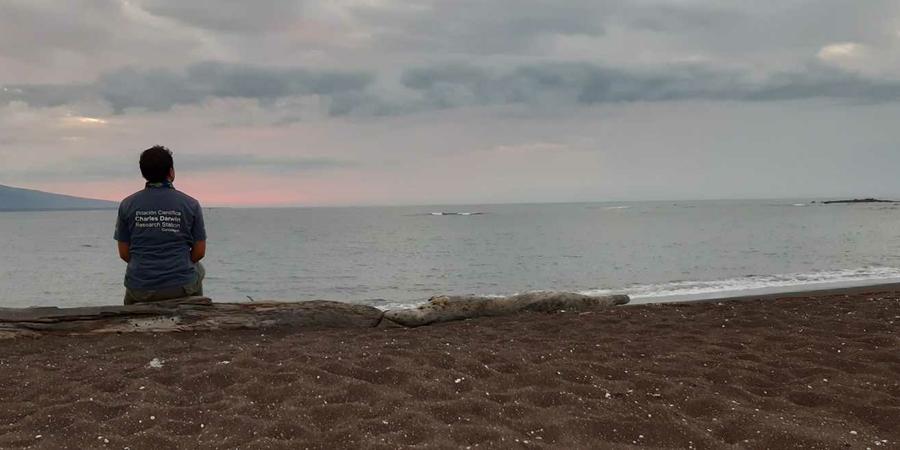Isabela is the largest island in the archipelago, with an area of 4588 km², representing 60% of the total land in the Galapagos Islands. Isabela is one of the four inhabited islands, and hosts a population of 2200 inhabitants. It was formed by the union of six volcanoes, five of which are active: Cerro Azul, Sierra Negra, Alcedo, Darwin, and Wolf. Ecuador volcano is inactive. The island traverses the equatorial line over Wolf volcano, which is also the highest point in the archipelago at 1707 meters above sea level.
Isabela is home to about 70% of the Galapagos’ terrestrial biodiversity with a high degree of endemism, meaning it does not occur anywhere else in the world. One example of this is the endemic plant species Galvezia leucantha var. leucantha, unique to Douglas Cape in Fernandina and on the north and central parts of Isabela. However, due to the detrimental impacts of herbivorous introduced species such as goats and rats, there are only five individuals of G. leucantha var. leucantha remaining, located in the lava fields close to the mangroves on Playa Tortuga Negra.
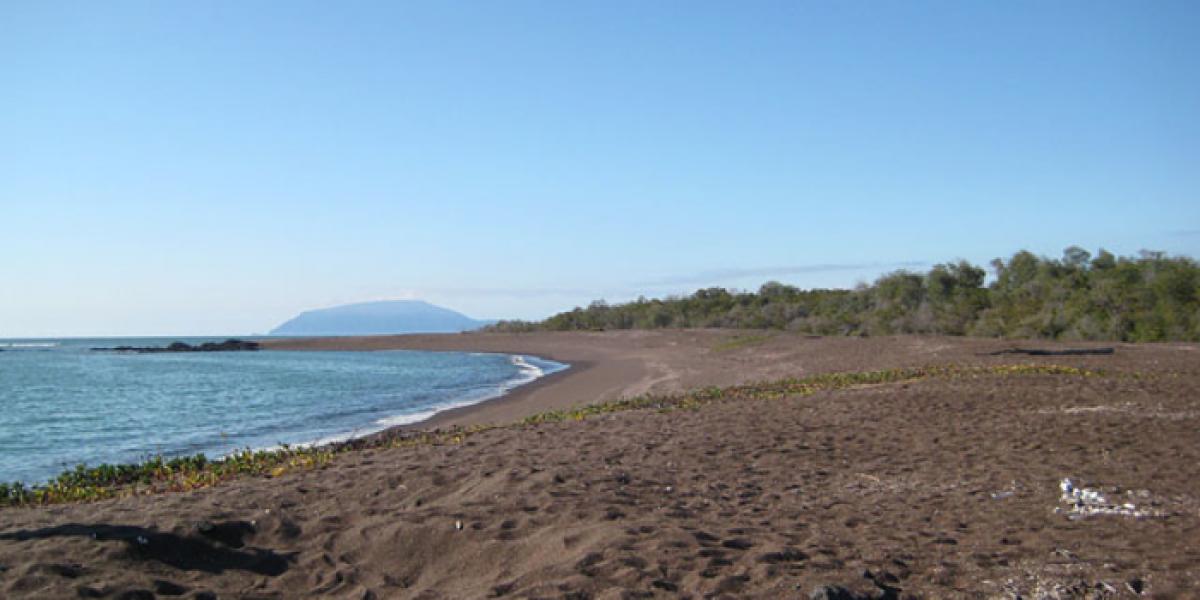
Species sown in North Isabela
Sown plants by treatment:
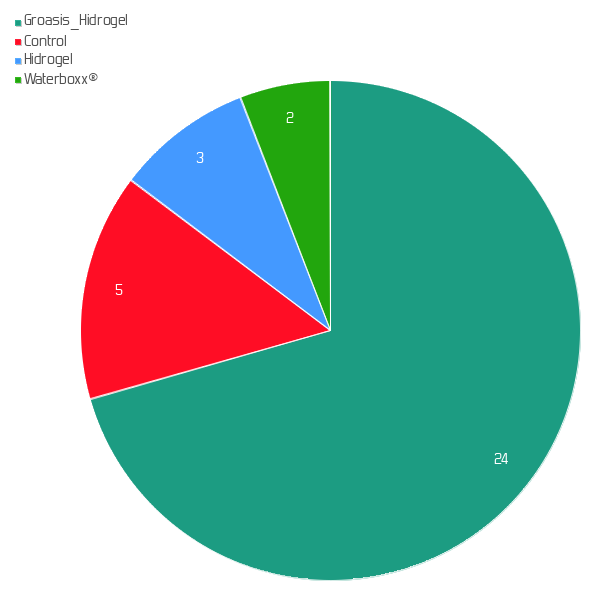
Sown plants by subproject:
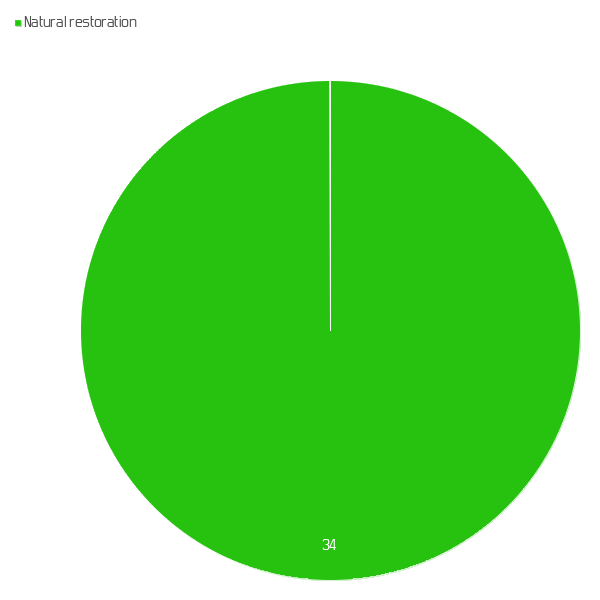
Plants sown by substratum:
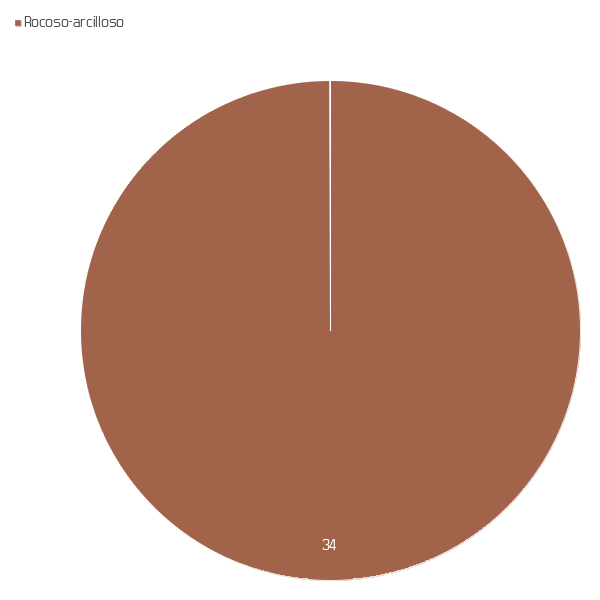
Project:
 Donors:
Donors:

Partners:

 Donors:
Donors:

Partners:





